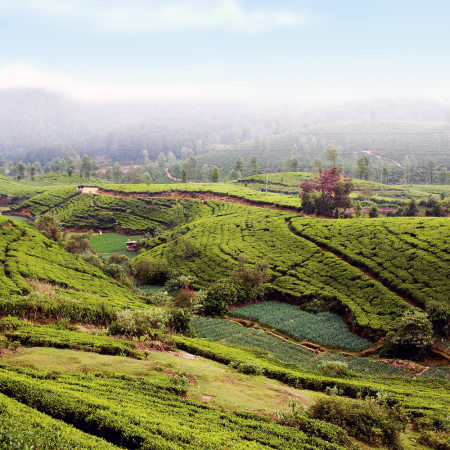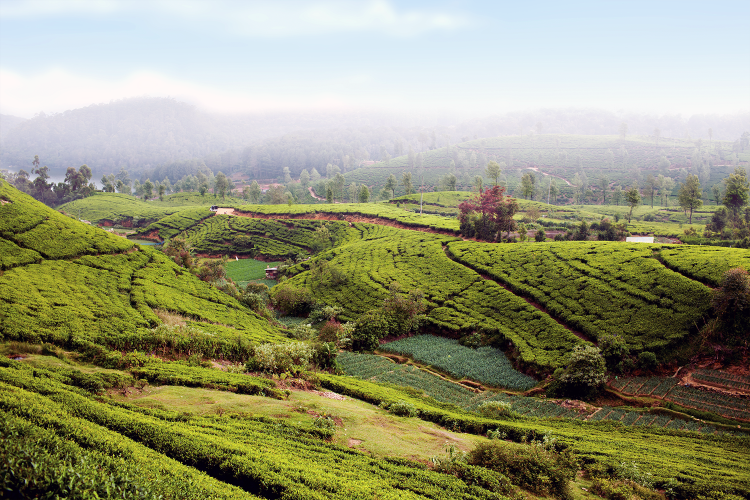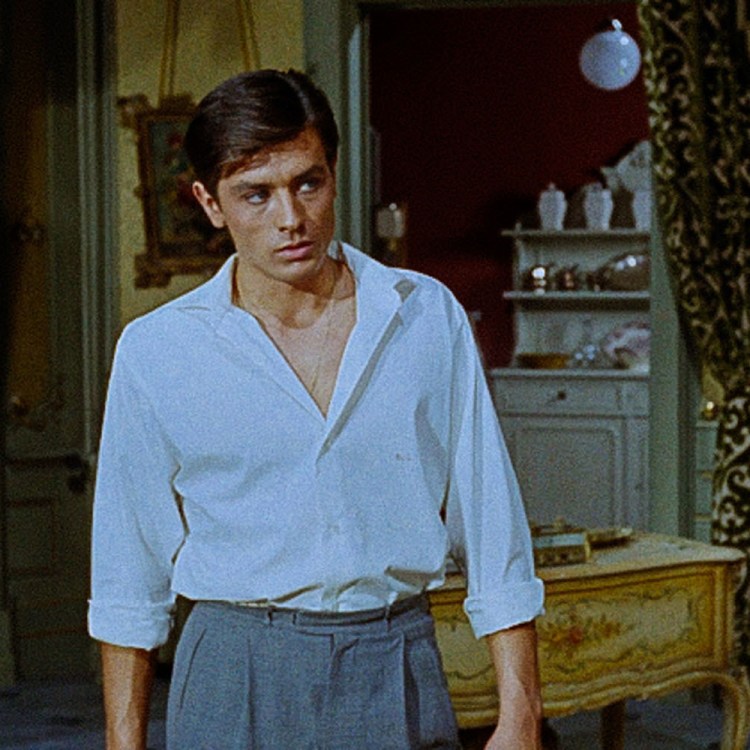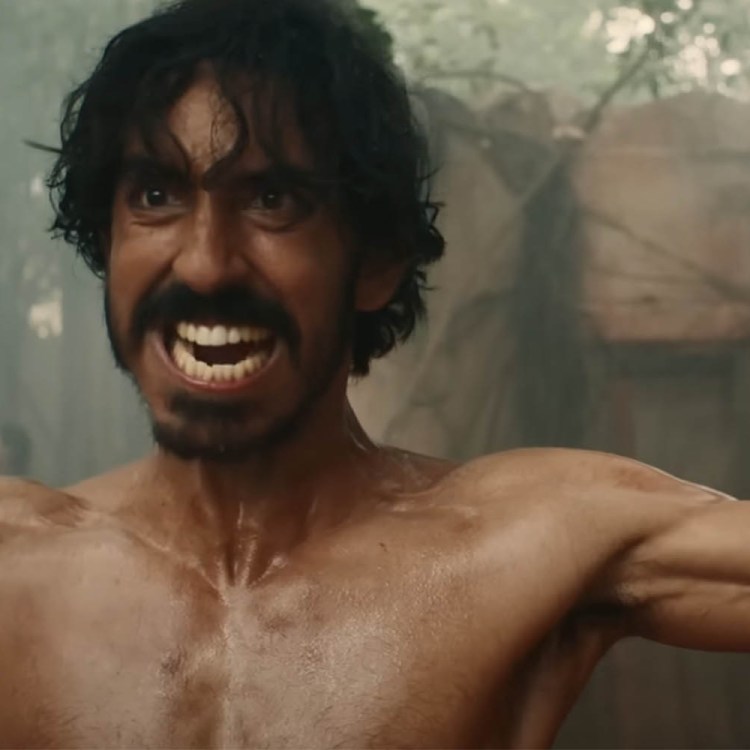Jackie Chan’s The Foreigner opens all across America today. Which doesn’t sound like a big deal: after all, he’s been here before. Chan’s films have combined earnings of over $1.6 billion at the North American box office. (His Rush Hour trilogy alone combined for more than $500 million.) As recently as 2010, he had a huge live-action hit in the U.S. with the remake of The Karate Kid ($176.5 million).
Since then, however, Chan’s films include Dragon Blade, Railroad Tigers and Kung Fu Yoga. It’s likely you’ve never heard of any of them, which explains how the three earned less than $700,000 in the U.S. combined.
It’s a different story overseas, where each made more than $100 million. Kung Fu Yoga, in particular, proved a hit, collecting over $250 million, virtually all from China.
Indeed, Chan is currently experiencing the most lucrative phase of a career that started way back in the 1970s, as he was #2 among the Forbes Highest-Paid Actors in 2015 with $50 million. (Trailing only Robert Downey Jr., who collected $80 million worth of Marvel Universe money.)
So Jackie Chan conquered America, left America and got bigger than ever. How is this possible?
“You have two parallel worlds,” said Samuel Jamier.
Jamier is the Executive Director of the New York Asian Film Festival, which every summer brings cutting-edge cinema from all over Asia to Lincoln Center. “China now is a major force in the global film industry.”
This is an understatement. Writer-actor-director Stephen Chow achieved some recognition in the U.S. thanks to Shaolin Soccer (2001) and the Golden Globe-nominated Kung Fu Hustle (2004). His most recent film, 2016’s The Mermaid, earned $3.2 million here.
Its Chinese take was $526.8 million.
China can even rescue a U.S. film that seemed headed for disaster. Thus director (and David Bowie’s son) Duncan Jones’ video game-inspired Warcraft opened to generally scathing reviews and less than $50 million domestically, a particularly grim total in light of a reported $160 million budget. But it was spared John Carter status because it collected $213.5 million in China.
“Warcraft: it made all of its money in China,” said Jamier. (Japan is a similarly lucrative market. The 2016 Japanese animated film Your Name earned $235.3 million in its home country—J.J. Abrams is currently developing a live-action remake.)
At this point, it’s worth providing a brief timeline of Asian film in America. This is by no means complete and mixes in multiple nations, but still is a useful reminder of how awareness of Asian cinema gradually grew stateside.
1952: Akira Kurosawa’s Rashomon won an honorary Foreign Language Oscar. The Japanese director would go to make films including Seven Samurai (the inspiration for The Magnificent Seven), Yojimbo (the inspiration for A Fistful of Dollars, which made Clint Eastwood a star) and High and Low (the source of much of the plot from The Big Lebowski).
1954: The first Godzilla movie was released in Japan. This creature gradually traveled to North America and established itself as an equal of King Kong. (And yes, the two did fight in the 1962 film King Kong vs. Godzilla.)
1973: Bruce Lee’s Enter the Dragon premiered just days after his death at 32. Lee was actually born in San Francisco but raised in Hong Kong. He returned to the U.S., where Hollywood limited him to supporting parts. He went back to Hong Kong and at last found film success, including the movie that made him an icon. His posthumous success triggered a bizarre wave of “Bruceploitation” films with actors going by names including Bruce Li, Bruce Le, Bruce Lai, Bruce Lei, Bruce Ly, Brute Lee and (to mix it up a little) Bronson Lee.
1996: Jackie Chan unexpectedly topped the U.S. box office with his film Rumble in the Bronx. It was a long overdue triumph, as he had been a Hong Kong superstar since 1978’s classic Drunken Master.
He’d failed with previous attempts to take America including 1980’s Battle Creek Brawl (or The Big Brawl, in which plays an immigrant taking on the mob) and 1985’s The Protector (he’s a cop partnered with Danny Aiello, which proved slightly less successful than his team up with Chris Tucker in 1998’s Rush Hour).
2000: Crouching Tiger, Hidden Dragon. A film in Mandarin earned over $128 million in North America and won four Oscars. (Incidentally, Beijing-born Zhang Ziyi spoke Mandarin, but it was not the native language for Hong Kong-native Chow Yun-Fat and Malaysian Michelle Yeoh.)
That same year Beijing-born Jet Li starred in Romeo Must Die with Aaliyah, Hong Kong’s John Woo directed Mission: Impossible II and Sammo Hung (who had attended a Peking Opera School with Jackie Chan in Hong Kong) was starring in the CBS TV show Martial Law.
Today, all these people are busy and successful, just generally on the other side of the Pacific Ocean.
What happened?
“Many aspects of the film industry have changed completely,” said Jamier. He noted that in particular back then “streaming was not even a thing.” Whereas today we “have so much content, there’s only so much content people can take.” (After all, anyone with an Amazon account has access to countless foreign movies once only reachable to film fanatics with a seriously good hookup for VHS bootlegs.)
While feeling there’s currently more “inward-looking in America,” Jamier noted it’s also worth remembering that cinema “goes through cycles.” People may also no longer seek out Asian films because they’ve shaped so much of current U.S. culture: “The vocabulary of Hong Kong cinema has become mainstream. Your average Hollywood film is completely immersed in that grammar of action… Everyone loves kung fu nowadays.”
This is reflected in the 55-years-and-counting career of Hong Kong’s Yuen Woo-Ping. He’s important as an actor (he appeared in Wong Kar-wai’s 2013 The Grandmaster, about Bruce Lee’s legendary trainer) and director (he helmed Jackie’s Drunken Master). His greatest influence, however, is as a fight choreographer, with credits including Crouching Tiger, both Kill Bills and the Matrix trilogy. It’s harder to think of a recent action movie he hasn’t influenced than one he has.
Jamier also said it made sense that, with so much money back home, Asian stars would be less interested in heading to Hollywood: “These guys, they go to other Asian countries, they’re massive stars. They go to the U.S. and it’s who cares?” It’s easy to understand why people would want to stay where there’s a “common language, a common culture” instead of having to “start from scratch again.”
Yet he also felt that American entertainment will never again be lily-white: “not having a diverse cast is not really an option anymore.” Jamier believes Asian-Americans will play a larger and larger part in television and film and is encouraged that their lack of starring roles is being publicly discussed: “A decade ago, that’s not something you talk about.”
Of course, there are still Asian superstars who have the potential to be huge in America as well: “I think Donnie Yen, definitely.” (American awareness of Yen received a boost from his part in the Star Wars film Rogue One, as well as YouTube viewers discovering sequences like this 2008 masterpiece.)
And there’s still Jackie, who in The Foreigner is assisted by both a former 007 (Pierce Brosnan) and the director of arguably the best Bond film in recent decades (Martin Campbell helmed Casino Royale). While now 63, Chan looks sharp in the trailer and Jamier noted, “I’m excited about his movie.”
Whether or not Americans actively seek out Asian films, Jamier believes Hollywood will pay more and more attention to that part of the world. Why? Because in this age of streaming, people still “love going to theaters there.”
Which is fine with Jamier: “Watching a film on your phone? That is f-cking wrong.”
This article was featured in the InsideHook newsletter. Sign up now.























